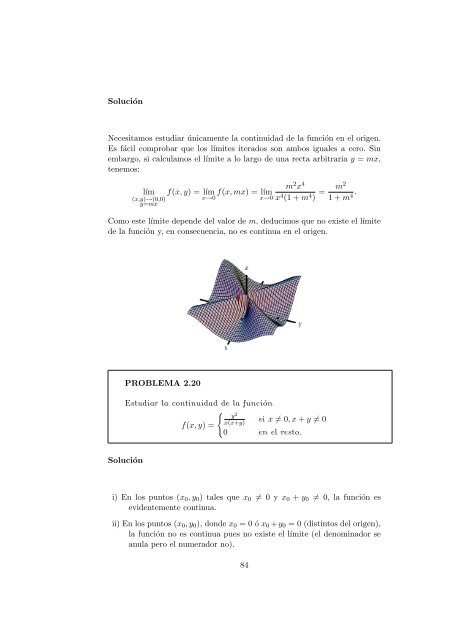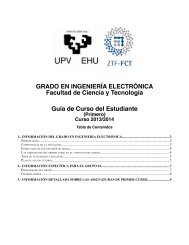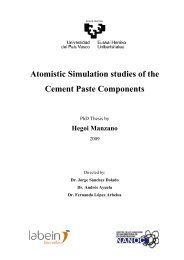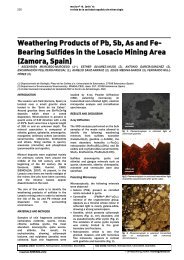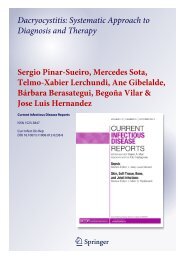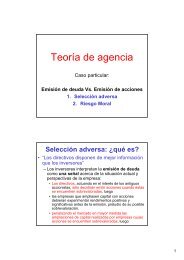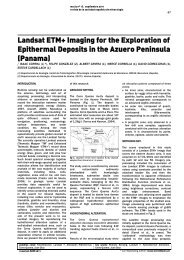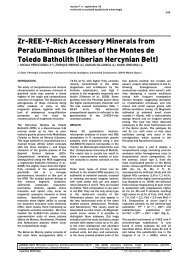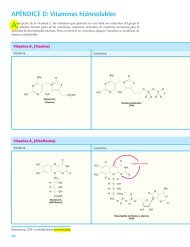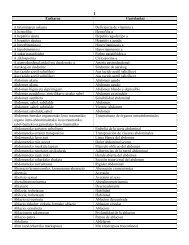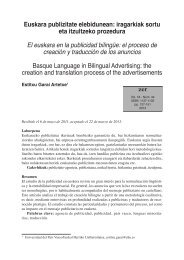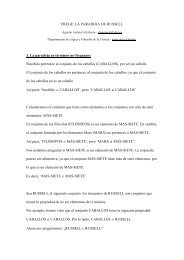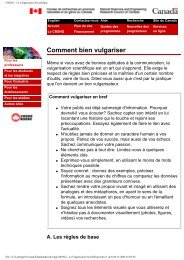Continuidad de funciones de varias variables.
Continuidad de funciones de varias variables.
Continuidad de funciones de varias variables.
You also want an ePaper? Increase the reach of your titles
YUMPU automatically turns print PDFs into web optimized ePapers that Google loves.
Solución<br />
Necesitamos estudiar únicamente la continuidad <strong>de</strong> la función en el origen.<br />
Es fácil comprobar que los límites iterados son ambos iguales a cero. Sin<br />
embargo, si calculamos el límite a lo largo <strong>de</strong> una recta arbitraria y = mx,<br />
tenemos:<br />
lím<br />
(x,y)→(0,0)<br />
y=mx<br />
f(x, y) = lím<br />
x→0 f(x, mx) = lím<br />
x→0<br />
m2x4 x4 (1 + m4 m2<br />
= .<br />
) 1 + m4 Como este límite <strong>de</strong>pen<strong>de</strong> <strong>de</strong>l valor <strong>de</strong> m, <strong>de</strong>ducimos que no existe el límite<br />
<strong>de</strong> la función y, en consecuencia, no es continua en el origen.<br />
PROBLEMA 2.20<br />
Estudiar la continuidad <strong>de</strong> la función<br />
<br />
y2 x(x+y) si x = 0, x + y = 0<br />
f(x, y) =<br />
0 en el resto.<br />
Solución<br />
i) En los puntos (x0, y0) tales que x0 = 0 y x0 + y0 = 0, la función es<br />
evi<strong>de</strong>ntemente continua.<br />
ii) En los puntos (x0, y0), don<strong>de</strong> x0 = 0 ó x0 + y0 = 0 (distintos <strong>de</strong>l origen),<br />
la función no es continua pues no existe el límite (el <strong>de</strong>nominador se<br />
anula pero el numerador no).<br />
84


